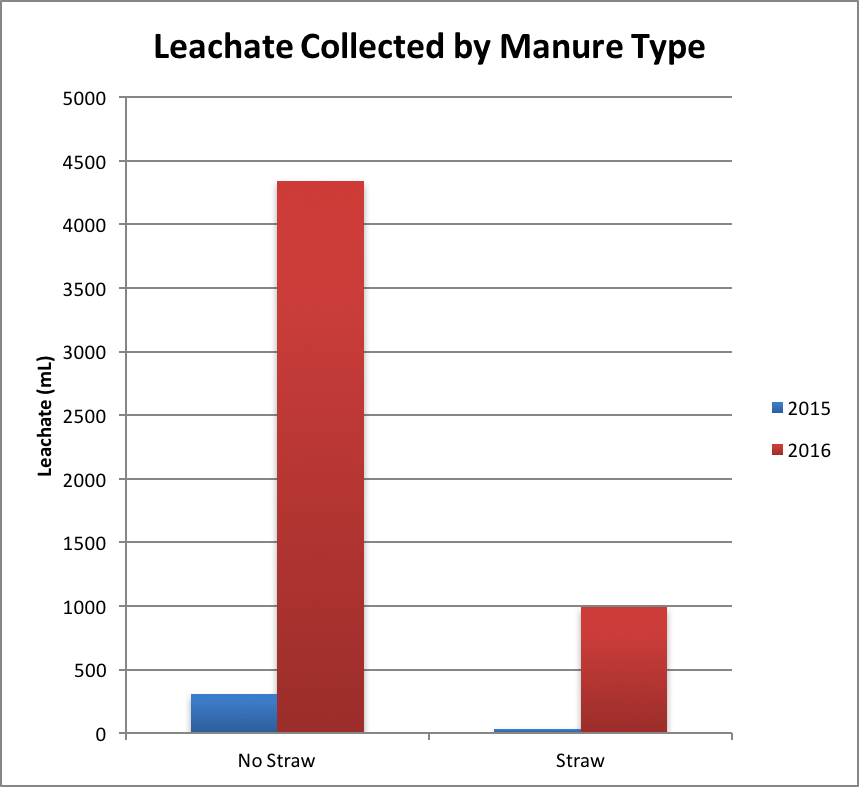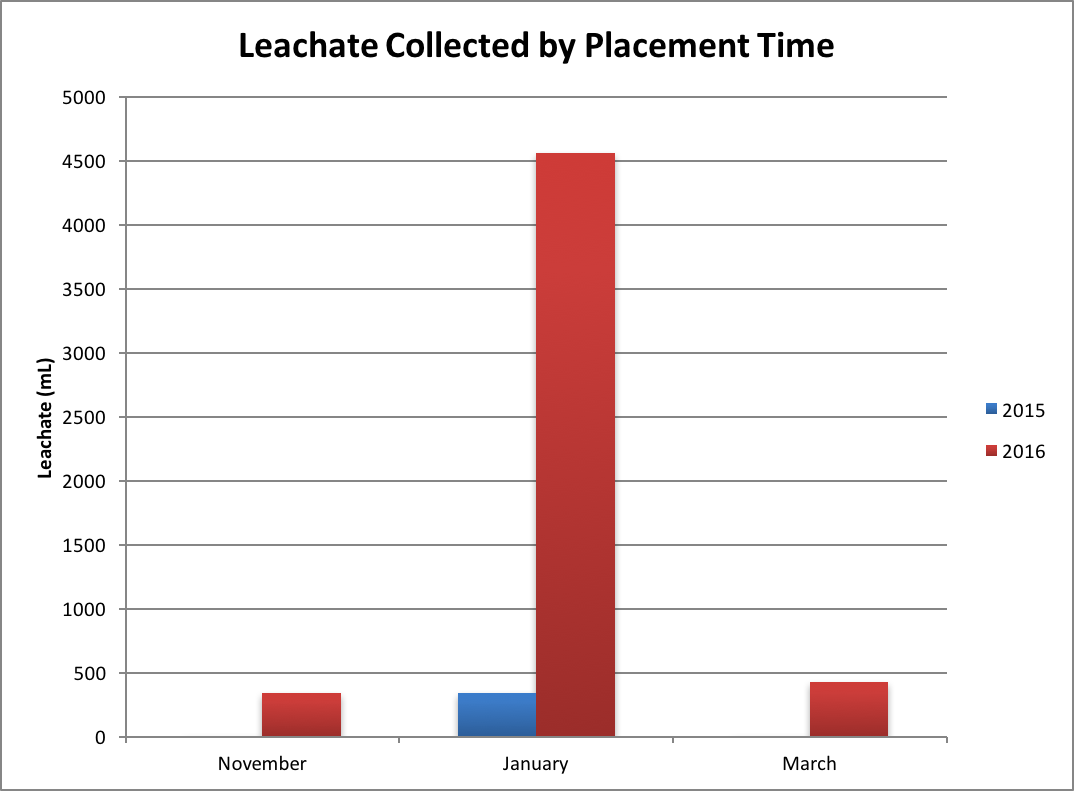Proceedings Home | W2W Home 
Purpose
Confined cattle facilities are an increasingly common housing system in the Northern Great Plains of the United States. Ammonia volatilization from the surface of the floor and bedding in these confined facilities depends on several variables including pH, temperature, and moisture content. When pH is above 8, a large percentage of inorganic nitrogen is in the ammonia form and can be easily volatilized. When pH is lowered, nitrogen is converted to the nonvolatile ammonium form which increases the total nitrogen content of the manure/bedding mixture, theoretically improving the fertilizer value and reducing ammonia emissions. The poultry industry has successfully used aluminum sulfate (alum) as a litter amendment to control ammonia emissions, but the use of alum in cattle facilities has not been evaluated. The objectives of this study were to determine if the addition of alum to simulated cattle bedded packs would lower ammonia emissions and to determine the frequency of dosing needed to maintain a reduction in ammonia emissions.
What did we do?
Thirty-six simulated bedded packs containing corn stover bedding were constructed and maintained for 42 days. The study was designed as a 2×4 factorial design with repeated measures in time. The treatment factors of alum concentration (0, 2.5, 5, or 10% alum) and frequency of dose (ONCE or WEEKLY) were examined. Simulated bedded packs were constructed in 0.5-m2 plastic containers as previously described (Spiehs et al., 2014). To initially construct the simulated bedded packs, 400 g of bedding, 400 mL of cattle urine adjusted to pH 7.4, and 400 g of fresh cattle feces were added to the plastic containers. Alum was applied according to treatments on Day 0, 7, 14, 21, 28, and 35. Bedded packs in ONCE treatment group, received a dose of alum in the initial application equal to 0, 2.5, 5 or 10% of the total estimated mass of the manure/bedding mixture at 42 days. Those in the WEEKLY treatments received 1/6 of the total dose every 7 days throughout the study. The treatments receiving 0% alum had water misted on them in the same way that alum was added to the bedded packs. The bedding material, feces, urine, and alum were mixed slightly to simulate mixing that occurs due to cattle activity on a bedded pack. On Friday and Monday of each week, 400 g of cattle feces and 400 g of cattle urine were added to the simulated bedded packs and mixed slightly with the bedding material. Beginning on Day 7 and each Wednesday thereafter, air samples were collected from individual simulated bedded packs. Dynamic flux chambers were used to pull air samples into a Thermo Fisher 17i ammonia analyzer. Each bedded pack was sampled for 20 minutes. After collecting air samples, 200 g fresh bedding, alum according to treatments, 400 g of urine, and 400 g of feces were added to the containers and mixed slightly. The bedded packs were maintained for 42 days. The bedded packs were housed in small environmental chambers with an ambient air temperature of 18°C with a dew-point temperature of 12° C (Brown-Brandl et al., 2011).
What have we learned?
A significant concentration x dose x time interaction was observed. Air samples collected above bedded packs receiving 10% alum concentrations had significantly lower NH3 concentration after 7 days compared to other treatment groups, with those receiving a one- time 10% alum treatment having the lowest NH3 concentration. After 28 days, only the bedded packs receiving the weekly dose of 10% alum maintained lower NH3 concentrations. This lab-scale study suggests that a one-time dose of 10% alum may successfully lower ammonia emissions for up to 21 days, but a weekly dose at this concentration will effectively lower NH3 concentrations for a longer period of time – over the full 42 days in this case.
time 10% alum treatment having the lowest NH3 concentration. After 28 days, only the bedded packs receiving the weekly dose of 10% alum maintained lower NH3 concentrations. This lab-scale study suggests that a one-time dose of 10% alum may successfully lower ammonia emissions for up to 21 days, but a weekly dose at this concentration will effectively lower NH3 concentrations for a longer period of time – over the full 42 days in this case.
Future Plans
Lab-scale studies are currently being conducted to determine if alum can be used to reduce ammonia emissions when applied to feedlot surface material from outdoor beef feedlot facilities. The same concentrations of alum are being evaluated. If successful at the lab-scale, alum will be applied to feedlot pens at the U.S. MARC beef feedlot and ammonia emissions will be measured in a commercial situation.
Corresponding author, title, and affiliation
Mindy J. Spiehs and Bryan L. Woodbury, USDA ARS U.S. Meat Animal Research Center, Clay Center, NE
Corresponding author email
Additional information
Spiehs, M.J., T.M. Brown-Brandl, D.B. Parker, D.N. Miller, J. P. Jaderborg, A. DiCostanzo, E.D. Berry, and J.E. Wells. 2014a. Use of wood-based materials in beef bedded manure packs: 1. Effect on ammonia, total reduced sulfide, and greenhouse gas concentrations. J. Environ. Qual. 43:1187-1194.
Brown Brandl, T.M., Nienaber, J.A., and Eigenberg, R.A. 2011. Temperature and humidity control in indirect calorimeter chambers. Trans. ASABE. 54:685-692.
Acknowledgements
The authors wish to thank Alan Kruger and Todd Boman for assistance with data collection.


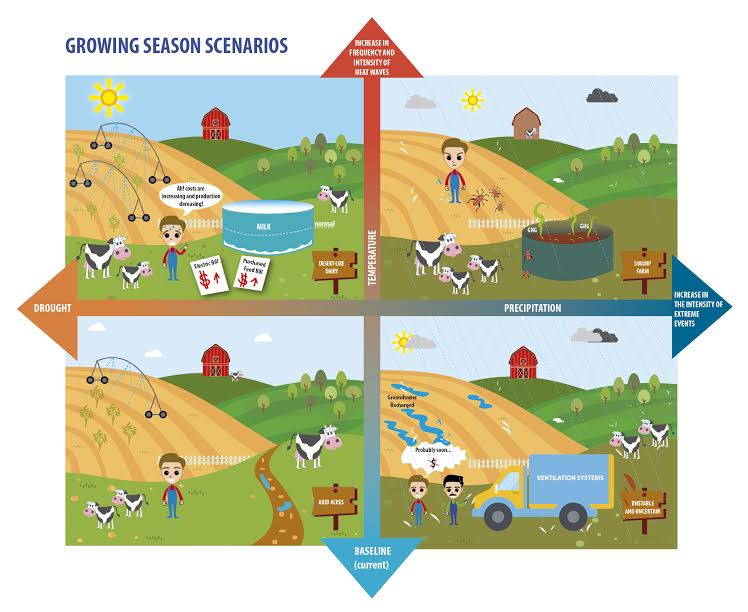

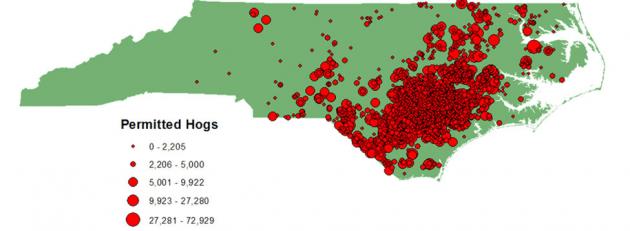 forward-thinking farmers have learned that their waste is valuable for supplying renewable energy, it has been unfortunately difficult for an individual farmer to implement and manage advanced value recovery systems primarily due to costs of scale. Rather, it seems, success may be easier achieved through the aggregation of these products from several farms and through the collaborative efforts of project developers, product offtakers, and policy. A shining example of such aggregation and collaboration can be observed from the Optima-KV swine waste to pipeline renewable gas project, located in eastern North Carolina in an area of dense swine farm population.
forward-thinking farmers have learned that their waste is valuable for supplying renewable energy, it has been unfortunately difficult for an individual farmer to implement and manage advanced value recovery systems primarily due to costs of scale. Rather, it seems, success may be easier achieved through the aggregation of these products from several farms and through the collaborative efforts of project developers, product offtakers, and policy. A shining example of such aggregation and collaboration can be observed from the Optima-KV swine waste to pipeline renewable gas project, located in eastern North Carolina in an area of dense swine farm population.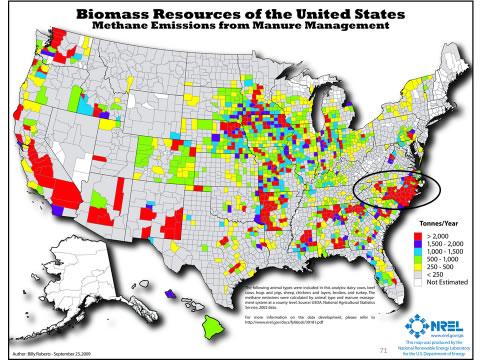 required, which presented challenges of negotiating multiple utility connections and agreements. This learning curve was steepened as, at the time of the inception of Optima KV, the state of North Carolina lacked formal pipeline injection standards, so the final required quality and manner of gas upgrading was established through the development of the project.
required, which presented challenges of negotiating multiple utility connections and agreements. This learning curve was steepened as, at the time of the inception of Optima KV, the state of North Carolina lacked formal pipeline injection standards, so the final required quality and manner of gas upgrading was established through the development of the project.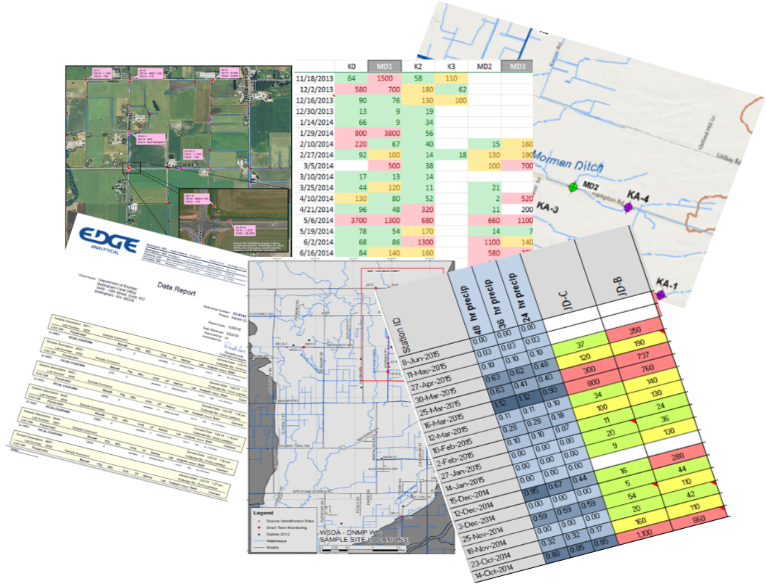
 ased engagement from our dairy producers, with many checking the results map regularly for updates. The map is symbolized with graduated stop light symbology, with poor water quality shown in red and good in green. If they see a red dot or “hot spot” in their neighborhood they may stop us on the street, send an email, or call with ideas or observations of what they believe may have influenced water quality. It has opened the door to conversations and partnerships in identifying and correcting possible influences from their farm.
ased engagement from our dairy producers, with many checking the results map regularly for updates. The map is symbolized with graduated stop light symbology, with poor water quality shown in red and good in green. If they see a red dot or “hot spot” in their neighborhood they may stop us on the street, send an email, or call with ideas or observations of what they believe may have influenced water quality. It has opened the door to conversations and partnerships in identifying and correcting possible influences from their farm.